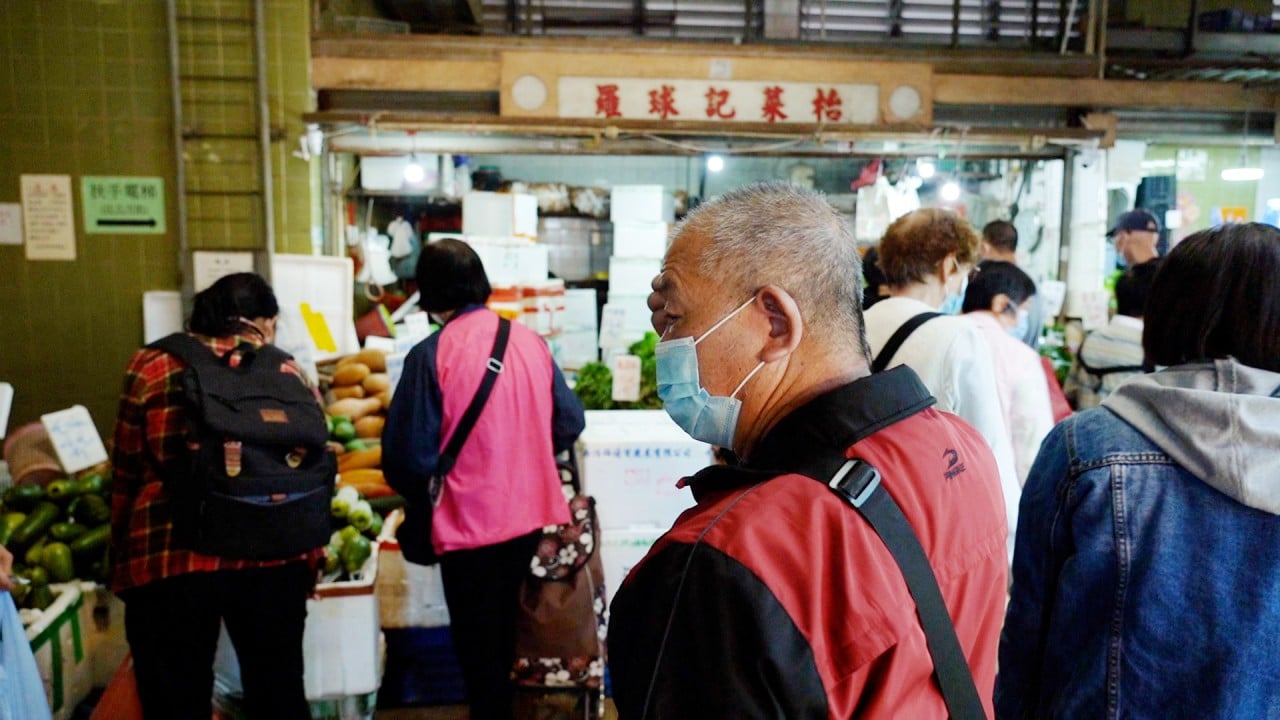
Is the US heading for a recession? There’s more to it than an inverted yield curve
- Some investors fear the US economy is stalling, which could see the end of the equity market bull run
- However, not only are there doubts about the yield curve’s ability to accurately predict a downturn, other indicators that monitor US recession risk remain healthy
The market now expects a 50 basis point rate increase at the Fed’s next meeting in early May. This has heightened market concerns that aggressive policy tightening will not only reduce inflation but also economic growth.
Given the inverted yield curve, some investors are sounding the alarm about the US economy stalling, which could bring the equity market bull run to an end. However, there’s no cause for panic. Not only are there doubts about the ability of the yield curve to accurately predict recessions, an inverted curve does not necessarily point towards an imminent downturn or equities bear market.
Hong Kong tech stocks extend decline as jitters about growth resurface
Changes in regulation since 2008 also saw financial institutions invest in government bonds to satisfy regulatory requirements. As a result, these bond investors are less sensitive to broader economic conditions and bond prices. Both central bank policy and financial institutions’ behaviour means bond yields are not as “clean” in reflecting investor expectations on growth and inflation.
Even before the introduction of these distortions to the bond market, a curve inversion did not translate into an immediate recession or sharp equity correction. In the past, an inverted yield was seen more as an alarm clock rather than a fire alarm. Investors still have time to generate returns from equities in the months following the inversion, rather than having to rush immediately for the exits.
There is no crystal ball to predict economic growth. The shape of the US Treasury yield curve was useful as an input in the past, but investors are now more sceptical of its reliability. And there are also other indicators to monitor recession risk in the US.
Despite Ukraine crisis, global interest rates look set to rise
US economic growth may well decelerate in the coming months as the recovery from the pandemic is almost complete. Yet, there is sufficient momentum to keep the economy expanding in the quarters ahead.
Tai Hui is chief market strategist for the Asia-Pacific at JP Morgan Asset Management


